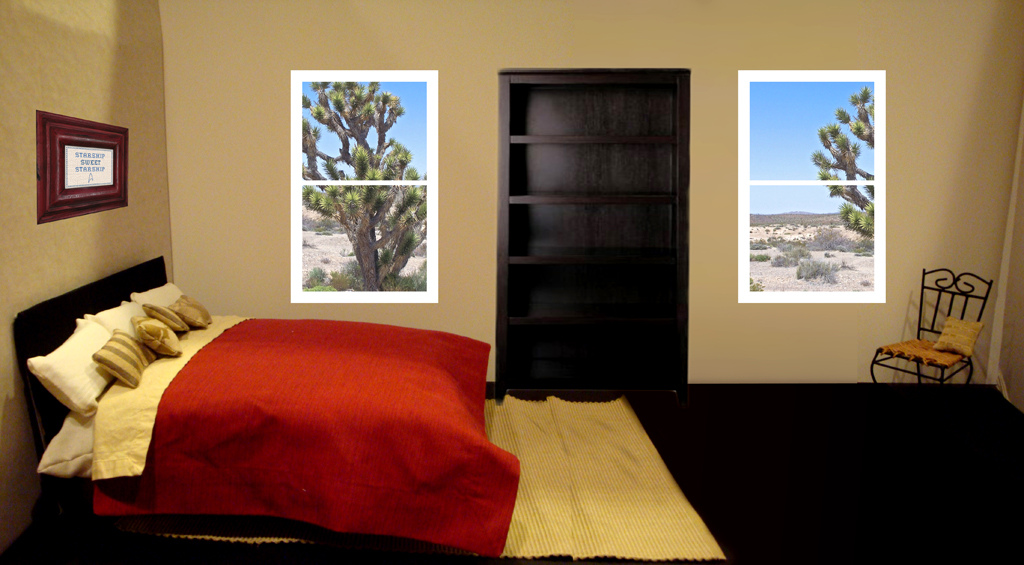To promote JemCon, our con chair, Alysia Robinette, had purchased a dealer’s table at a local convention called “Anime Central”. At ACEN, I manned the table with another Jem fan and doll collector, Shevona McKenzie, and our co-chair, Melinda Rubbens. She had brought her dolls to display, and I had brought magazines and wore a sparkly pink Jem tee-shirt I’d got made at a local head shop.
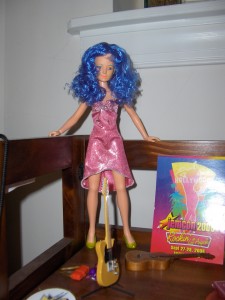
Alysia, Min, and Shevona and I joked all week-end that my Stormer would not be my last doll. I swore up and down that I would become a “scary doll person” with a complete collection, custom dolls, and horror of horrors, dioramas.
Alysia knew me better than I knew myself.
Before long, I started redressing my Stormer in playline Barbie fashions I bought from my local Target. I had shown my sister the custom Riot doll that a collector named Tommy had commissioned, and her immediate response was “I want one.” I told her that Hasbro had never produced a Riot doll, but she was not to be swayed. She demanded that I make her one.
So I began the process of my very first custom doll–a Riot for my kid sister. A kid sister I should point out was 32 years old and a highly-respected history teacher at university.
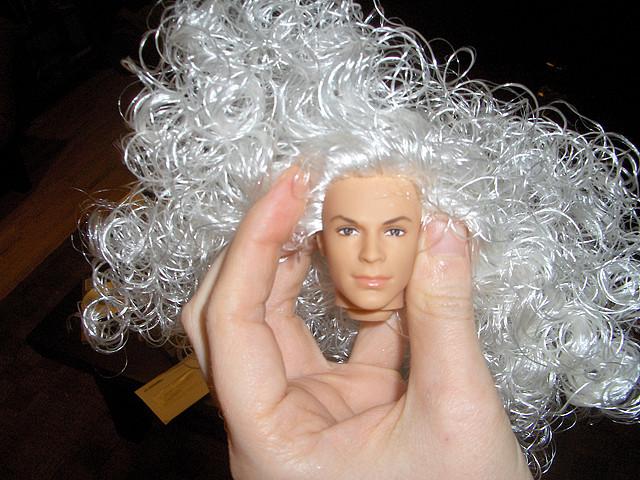
I laboured for almost three years over that first doll. I experimented with different heads and bodies, finally settling on a Mattel articulated Ken body and Rebelde head which I rerooted very badly, but passably for a first-timer. It was also my first brush with Fashion Royalty, as I purchased a FR Homme shirt for him, only to be utterly shocked at the price. The seller filled me in on all the backstory of Integrity Toys, and I was completely baffled that someone could or would spend over $100 on a doll that wasn’t vintage.
(I can hear you laughing. I know! I was still a baby “doll person” and didn’t know better.)
The Chicago JemCon was held in September 2007, three years after my article was published. As head of programming, arranged an entire track of programming for the two day con centred on the Hasbro doll line, running parallel with a track focused on the animated series. There was an entire workshop dedicated to telling the different shades of pink shoes apart. I was bewildered, but figured we were all fans, even if the “doll people” seemed so different to me.
The con was a crash course in what I now call “fashion doll fandom”. There were displays of prototype dolls, long tables of customised Hasbro Jem dolls and kit-bashed custom Jem dolls created from other fashion doll lines, rerooted, repainted, and dressed in hand-sewn fashions. Christy was out sole “pro” guest, and had four panels where she discussed the entire process of the development of Jem, from Hasbro’s original ideas to the series’ cancellation following the doll line being retired in 1988.
As part of the 2007 con, we put up a website, and I was the moderator of the forums. When the Jem & Friends board closed, the collectors migrated to the JemCon boards en masse, and I remained active there even after I had to step down from the board and hand over moderating to another convention committee member.
Then, in 2009, Mattel released tie-in dolls to the new Star Trek film. I was a huge fan of the movie, and fell madly in love with the Uhura doll, which featured the Mbili sculpt. I started looking up every doll released with that sculpt, and started buying o In Style dolls, my first doll purchases that had nothing to do with fandom, and everything to do with just the beauty of the dolls themselves.
My first customs centred around Trek. I decided Uhura was lonely without her roommate Gaila, and started putting together a Gaila doll, using a Wicked Witch of the West Barbie as a base doll. Then Barbie Basics were released, and I was hooked. I learnt the names of all the sculpts, thanks to a fandom friend, Jan Fennick who was an authorised Barbie Collector dealer and had authored a book on Barbie collecting. It got to the point where I could name a sculpt without thinking, and Jan thought I was a little frightening.
(She still does.)
I made a slew of Trek characters, all the while looking for the perfect sculpt for Majel Barrett’s character from the original pilot, “The Cage”. Then another Trek fan, who became my best friend who is sitting in my spare room laughing at me right now, found her. The perfect Number One. On ebay, she’d purchased a 2007 Queen of Hearts, and dressed her in a Kirk uniform she’d altered to fit the Model Muse body.
I was sceptical at first, until I bought my own. After boil-washing her hair and putting her in my own altered Kirk uniform, I was hooked. Not only was the sculpt perfect for the character, she was gorgeous. I started collecting dolls with the Tango (aka New Hispanic) sculpt to make over into Number One dolls, but only the Queen of Hearts and the 2004 FAO Schwarz Tango Giftset dolls had the black hair and pale skin I was looking for.
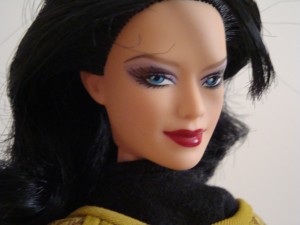

I bought brushes and paints and began teaching myself to repaint, just so I could paint their eyes blue.
I joined the Barbie Fan Club, and started sharing photos of my custom dolls. I started rebodying my Number One dolls onto articulated bodies. But I kept insisting I was not becoming one of those “scary doll people”.
Oh how my friends laughed. But I swore that no, no… this was just me finding a hobby I could enjoy using my hands, as opposed to only working digitally since the 1990s! I wouldn’t be a “scary doll person” unless, I actually started making dioramas. As long as I resisted making a diorama, I was still not scary at all. A little obsessive, but not scary.
(to be continued!)
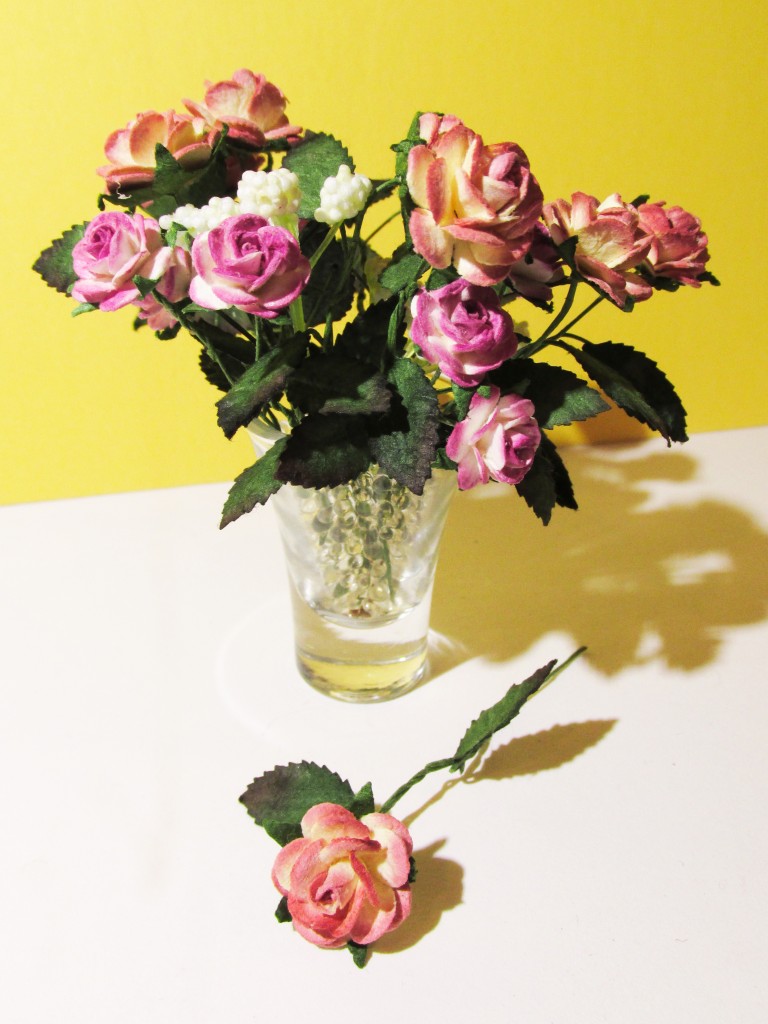
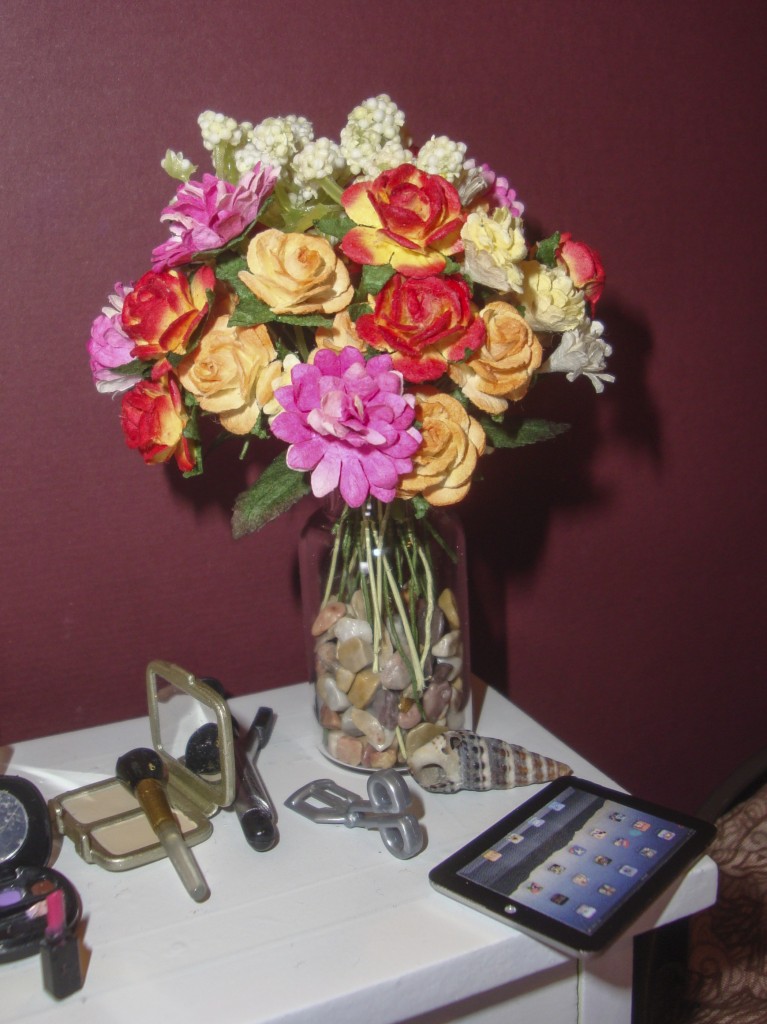



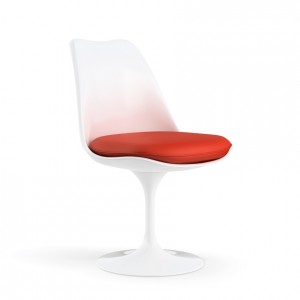
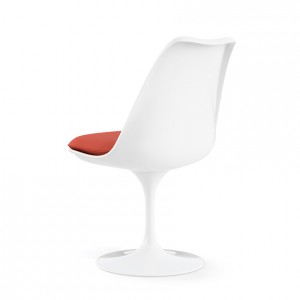
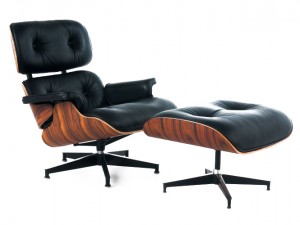
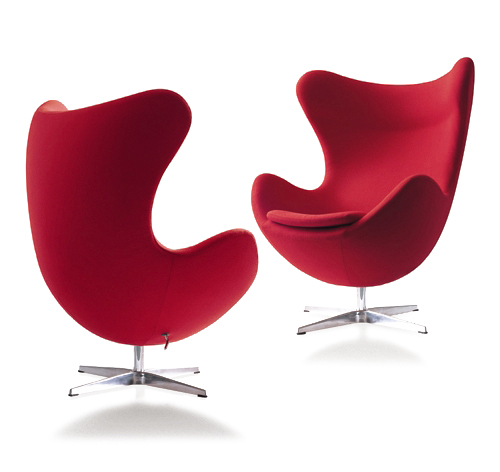
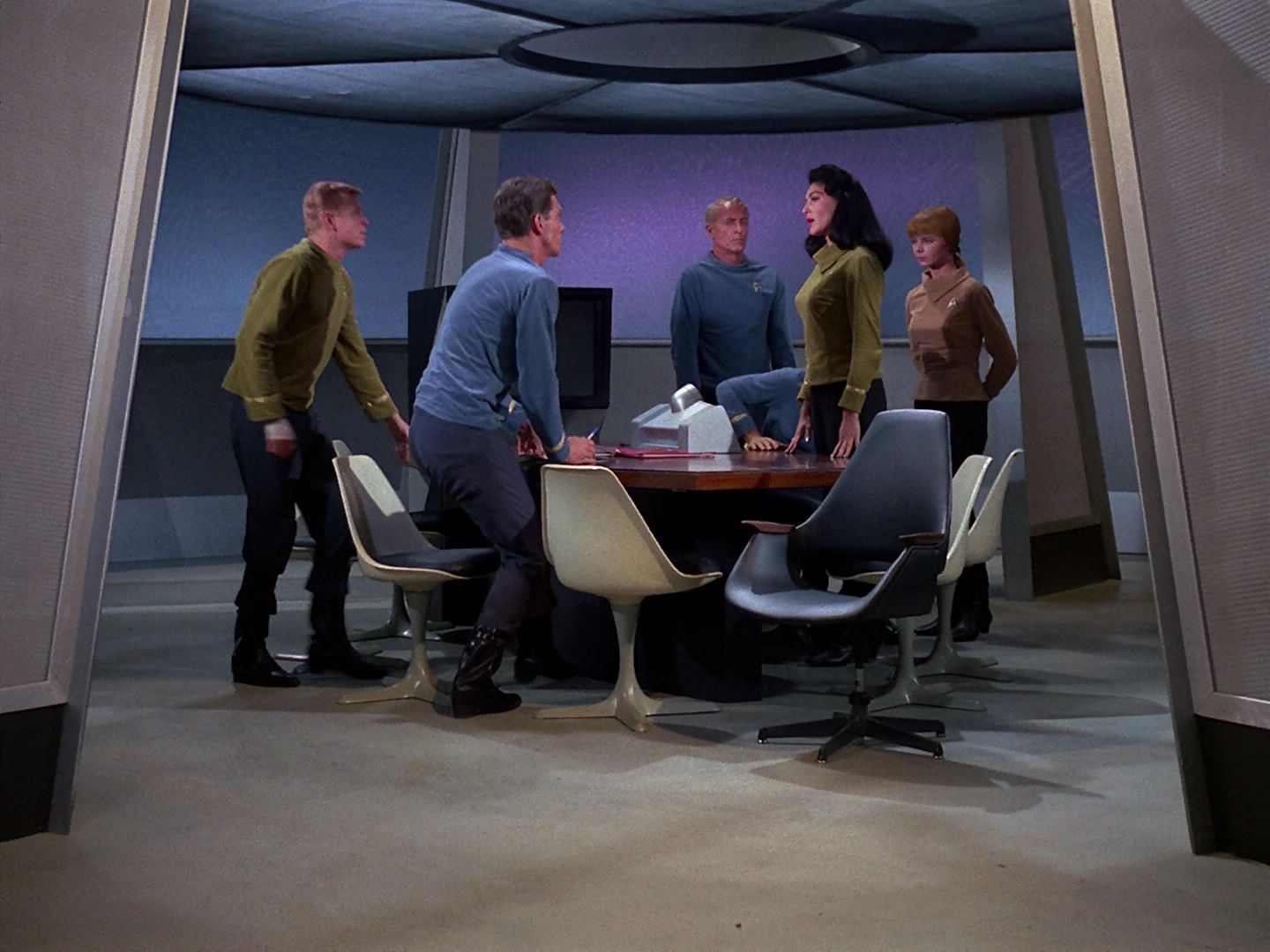


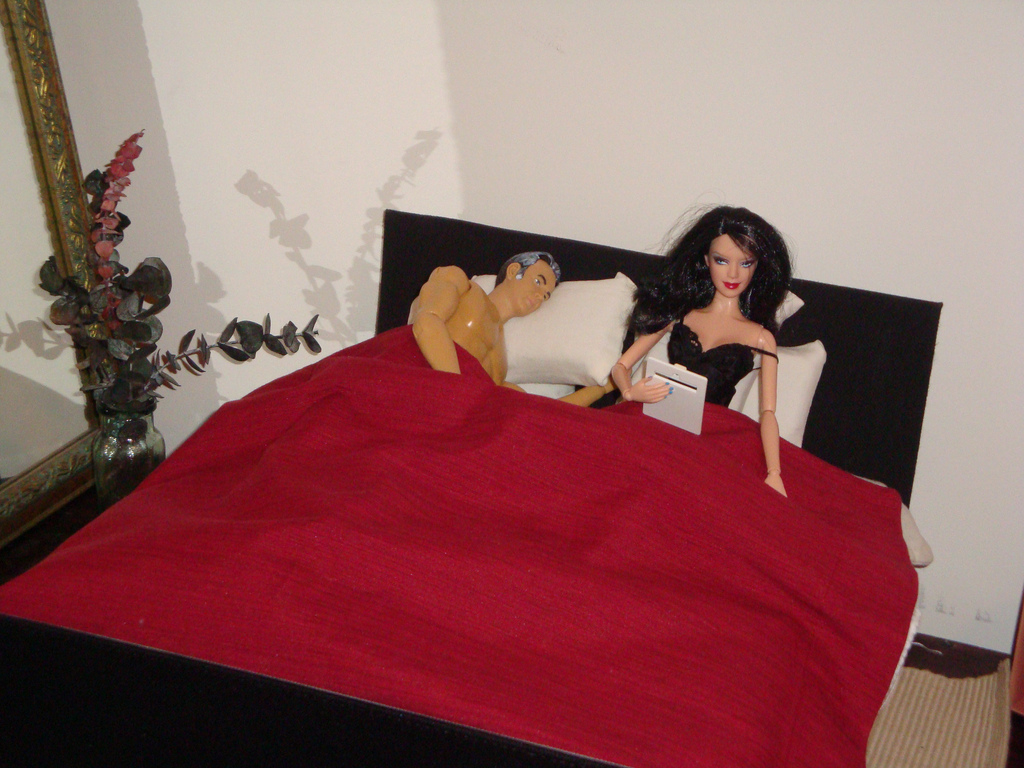 Dioramas sneaked up on me. By the summer of 2010, I was bookmarking dioramas on Flickr and trying to resist the siren call of 1:8 (Playscale) and 1:6 furniture. Then one fateful night, I kinda sorta accidently made a bed. I didn’t mean to! It just sort of happened. The frame was foamcore, and the pillows were pieces of cushion covered in fabric from a pair of opaque nylon tights. The beadspread was a piece of cushion cover I sewed to size while sitting on my sofa, watching telly.
Dioramas sneaked up on me. By the summer of 2010, I was bookmarking dioramas on Flickr and trying to resist the siren call of 1:8 (Playscale) and 1:6 furniture. Then one fateful night, I kinda sorta accidently made a bed. I didn’t mean to! It just sort of happened. The frame was foamcore, and the pillows were pieces of cushion covered in fabric from a pair of opaque nylon tights. The beadspread was a piece of cushion cover I sewed to size while sitting on my sofa, watching telly.